Exploring the Future of AMR Robots in Everyday Life and Their Impact on Our Daily Activities
The advancement of AMR robots (Autonomous Mobile Robots) is poised to significantly influence our daily activities across various domains. According to a recent report by MarketsandMarkets, the global AMR market is expected to reach $4.3 billion by 2025, growing at a CAGR of over 30% from 2020. This rapid growth is driven by the increasing adoption of automation in sectors such as logistics, healthcare, and retail, where AMR robots are enhancing operational efficiency and reducing human intervention. As these robots become more integrated into our everyday lives, they redefine how we approach mundane tasks, from grocery shopping to warehouse management. This article explores the future potential of AMR robots, examining their capabilities, benefits, and the transformational impact they will have on our day-to-day activities. By understanding these developments, we can better appreciate the role of AMR technology in shaping a more efficient and convenient future.
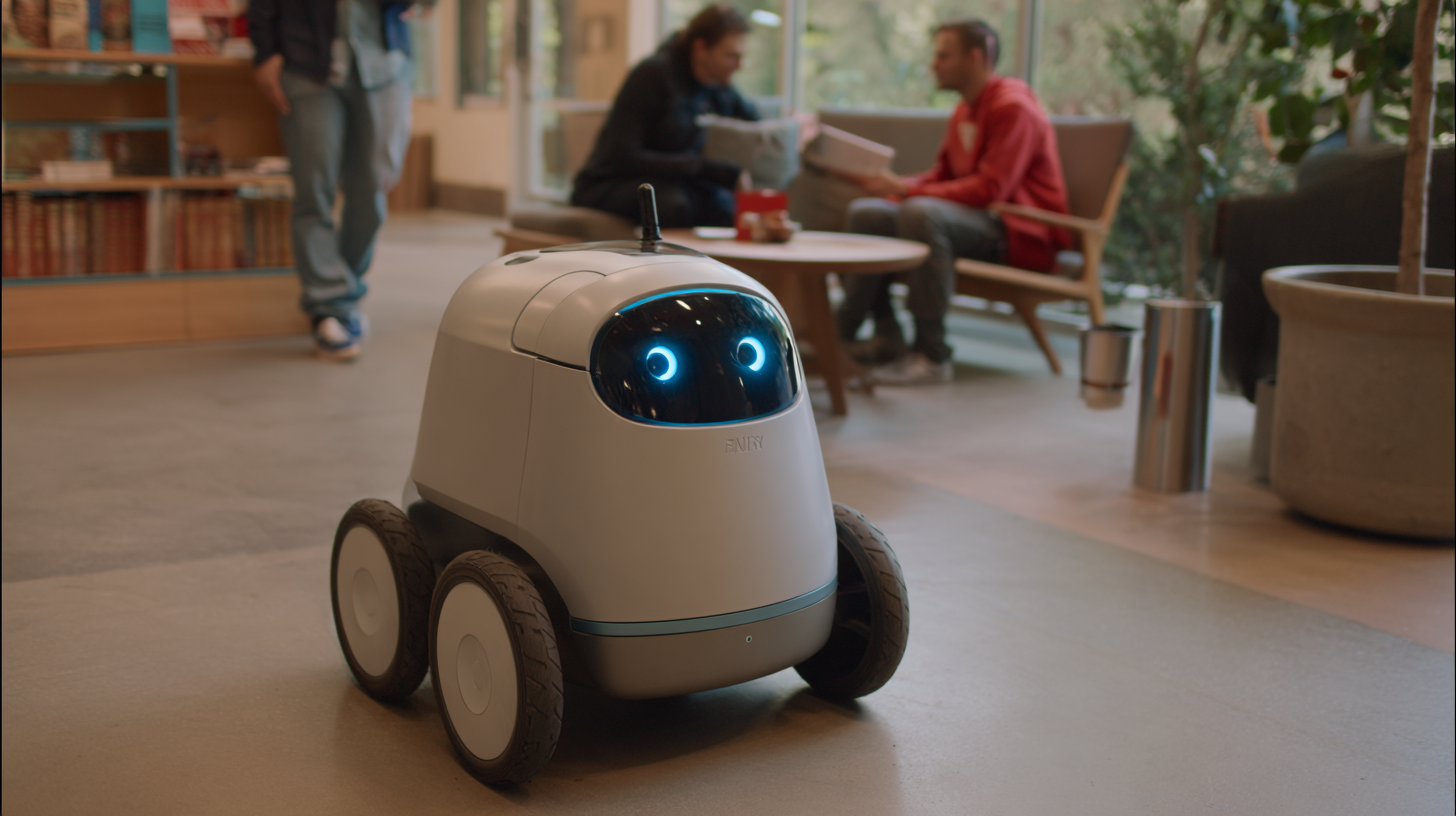
The Evolution of AMR Robots: From Concept to Everyday Use
The evolution of Autonomous Mobile Robots (AMR) has progressed significantly since their inception, transforming from theoretical concepts into practical solutions embedded in our daily lives. Initially envisioned for industrial applications, such as warehouse logistics, AMRs are now making strides into retail, healthcare, and home environments. According to a report by ABI Research, the global market for AMR is expected to reach $23 billion by 2025, driven by advancements in AI and sensor technologies, which allow these robots to navigate complex environments autonomously.
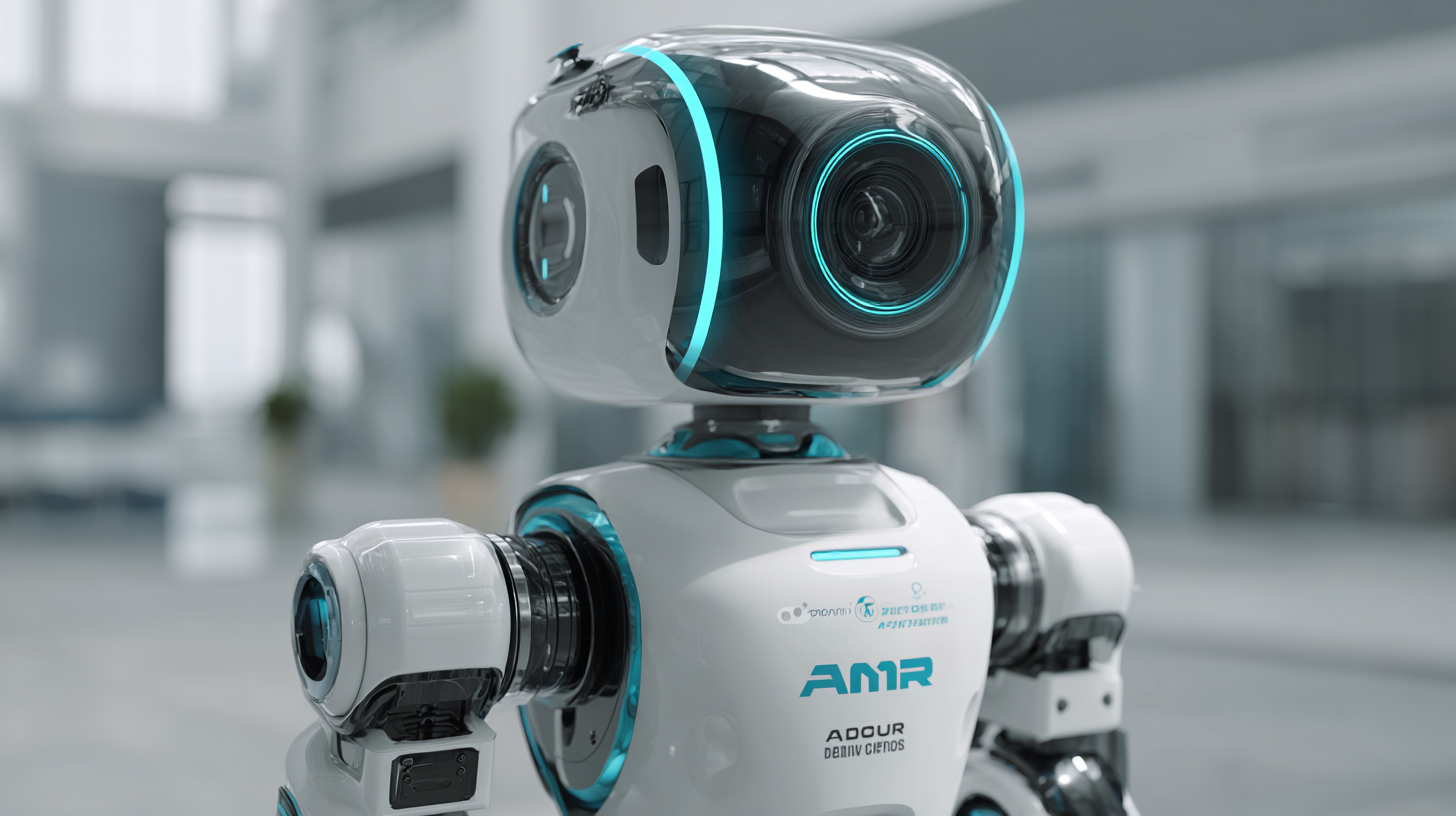
Key Technologies Driving AMR Robot Advancements in Daily Activities
The advancements in Autonomous Mobile Robots (AMRs) are primarily driven by several key technologies that are transforming their integration into daily activities. One significant technology is advanced sensor systems, including LIDAR and computer vision, which allow robots to navigate complex environments with precision. These sensors help AMRs perceive their surroundings, detect obstacles, and make real-time decisions, enabling them to operate safely alongside humans in various settings, from homes to warehouses.
Another critical aspect is the development of machine learning algorithms. By leveraging vast amounts of data, AMRs can learn to recognize patterns and optimize their performance over time. This adaptability makes them more efficient in performing tasks such as delivery, cleaning, and inventory management. Additionally, cloud computing plays a vital role in processing and analyzing data collected by these robots, facilitating seamless communication and coordination between multiple units. As these technologies continue to evolve, AMRs are set to become an integral part of our everyday lives, significantly enhancing convenience and productivity.
Exploring the Future of AMR Robots in Everyday Life and Their Impact on Our Daily Activities
| Key Technology | Description | Impact on Daily Life | Current Trends |
|---|---|---|---|
| SLAM (Simultaneous Localization and Mapping) | Technology allowing robots to map their surroundings while keeping track of their location. | Enhances the navigation capabilities of AMR robots in dynamic environments like homes and offices. | Increasing adoption in smart home devices and autonomous delivery systems. |
| AI-Powered Decision Making | Utilization of artificial intelligence for real-time decision making in complex environments. | Improves task efficiency and adaptability to user preferences in personal assistance robots. | Advancements in machine learning are enhancing capabilities of robots. |
| Sensor Fusion | Combining data from various sensors (LIDAR, cameras, etc.) to improve perception. | Enhances safety and efficiency, allowing robots to interact more seamlessly with humans. | Focus on multi-sensor integration for improved operational capabilities. |
| Cloud Computing | Utilizing cloud-based platforms for data storage and processing power. | Enables real-time data analysis and updates, enhancing robot functionality. | Growth in edge computing is complementing cloud solutions for faster response times. |
| Human-Robot Interaction Interfaces | User-friendly interfaces that allow for easier communication with robots. | Improves accessibility and user experience, making robots more appealing to consumers. | Trend towards intuitive voice and touch interfaces for home robotics. |
Real-World Applications: How AMR Robots Enhance Home and Workplace Environments
The integration of autonomous mobile robots (AMR) into everyday environments is rapidly evolving, with significant implications for both home and workplace settings. AMRs are increasingly deployed in warehouses and retail spaces, enhancing operational efficiency and accuracy. According to industry reports, the global market for AMRs is projected to reach $8 billion by 2026, rising from $3 billion in 2021, reflecting a compound annual growth rate (CAGR) of over 20%. This trend underscores the importance of automation in streamlining logistics and inventory management, leading to reduced operational costs and improved service delivery.
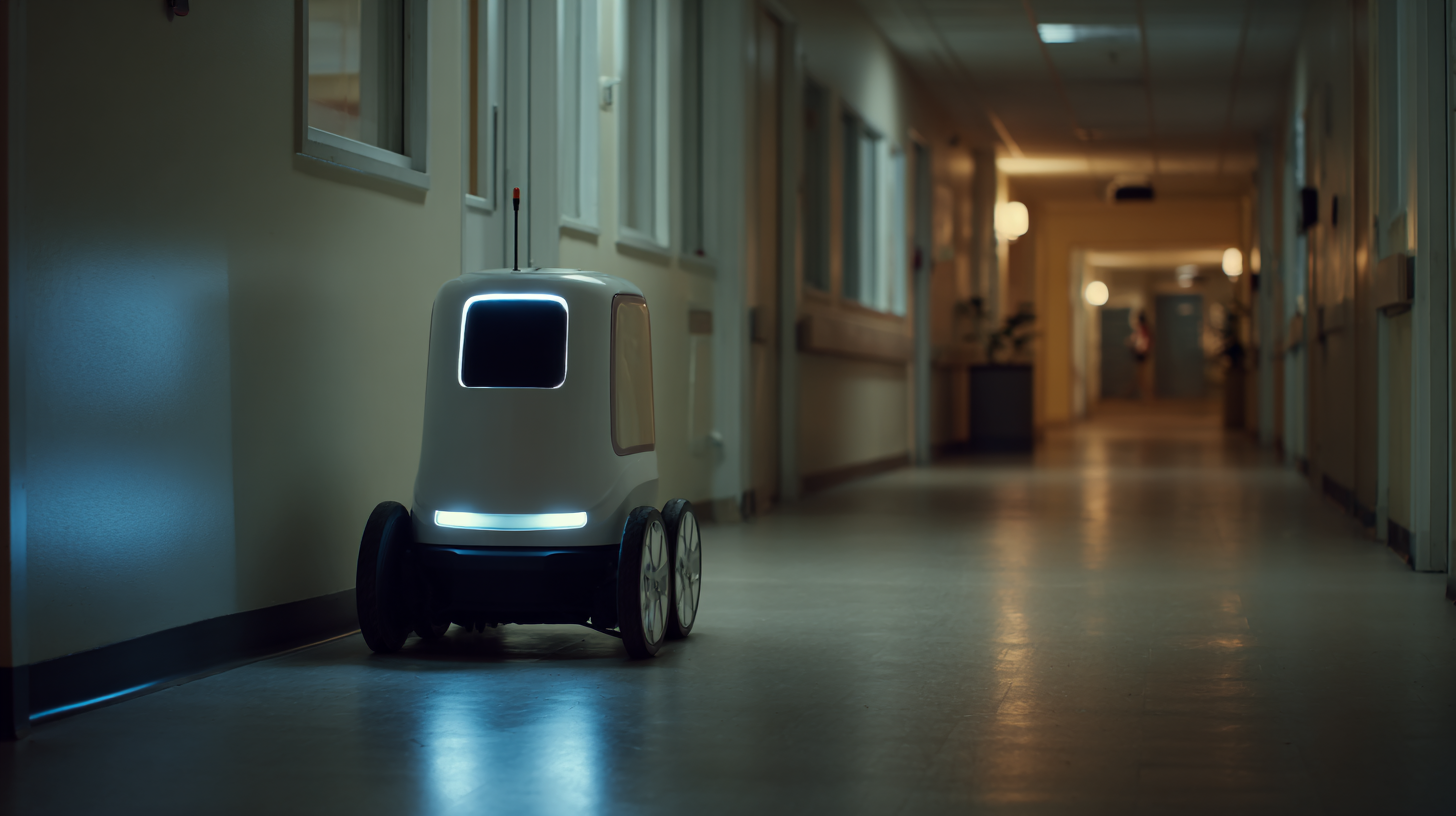
In domestic settings, AI-powered robots are starting to transform household tasks. From vacuuming and lawn mowing to assistance for elderly residents, these robots offer enhanced convenience and support. The utilization of advanced AI models allows these robots to adapt to their physical environments, making them more effective in performing complex tasks. For instance, research indicates that homes utilizing AMR technology can see a productivity boost of up to 30%, freeing up time for individuals to focus on more meaningful activities. With AI's role in enhancing robot flexibility, the potential for smarter and more responsive devices in our daily lives is immense, paving the way for a future where AMRs become an integral part of our routines.
Challenges and Opportunities in Integrating AMR Robots into Daily Life
As autonomous mobile robots (AMRs) become increasingly integrated into our daily lives, the challenges and opportunities these technologies present are significant. A recent report from the International Federation of Robotics (IFR) highlights that the global market for robotics, including AMRs, is expected to reach $200 billion by 2025, with a substantial portion allocated to service robots for personal and professional use. This growth showcases not only the potential of AMRs to revolutionize various sectors but also underscores the need for effective integration strategies to maximize their benefits.
However, the road to seamless integration is fraught with challenges. One major concern is the need for robust safety and navigational systems, as highlighted in a survey by the Robotics Business Review, where 65% of industry experts identified safety regulations as a primary hurdle. Additionally, public acceptance and trust in AMRs are crucial; studies show that around 58% of consumers remain hesitant to adopt robots in their households due to fears surrounding reliability and privacy. Addressing these challenges through innovative design and transparent communication will be essential for unlocking the true potential of AMRs in daily life, paving the way for more efficient and convenient living environments.
Future Trends: The Next Generation of AMR Robots and Their Societal Impact
The next generation of Autonomous Mobile Robots (AMR) is set to significantly reshape various sectors, particularly in logistics and healthcare. By 2030, the AMR market is expected to reach a staggering $4.56 billion, reflecting an increasing adoption driven by the demands of modern supply chains. As organizations strive to enhance efficiency, AMRs are becoming indispensable tools in warehouses, where they support automation technologies that help meet evolving customer expectations. This trend aligns with broader automation movements making waves in manufacturing, suggesting that AMRs will seamlessly integrate into day-to-day operations, transforming workflows across multiple environments.
Moreover, advancements in technology, such as generative AI, are enhancing AMR vision systems, leading to more intelligent and adaptive robots. The potential of AI in robotic automation is profound, with predictions indicating that AI will accelerate the development of robotics, making operational processes faster and more economical. This evolution will not only improve the functionality of AMRs, but also broaden their applications in healthcare—from surgical assistance to patient care—ultimately requiring new frameworks for evaluation.
As the Fourth Industrial Revolution progresses, the societal impact of AMRs will broaden, redefining human-robot interactions in our everyday lives.
Related Posts
-

Maximizing Efficiency with Logistics Robotics A Comprehensive How to Guide
-
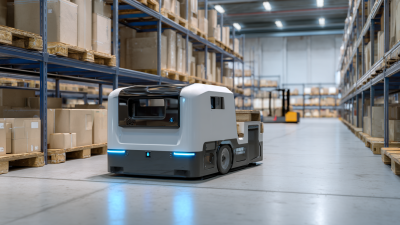
How to Maximize Efficiency with AMR Robots: Insights from the 2023 Logistics Automation Report
-
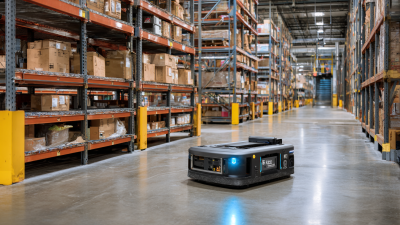
Unlocking Warehouse Efficiency: How Robot AMRs Are Transforming Supply Chains Today
-

How to Enhance Warehouse Efficiency with AMR Robots
-
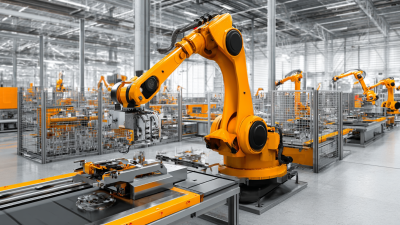
How to Enhance Efficiency in Manufacturing by Rethinking Robotics Integration
-
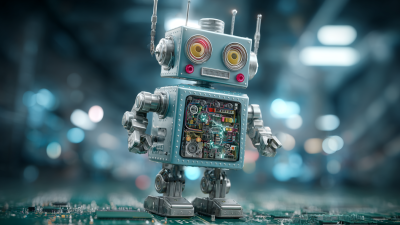
How to Create a Robot: A Step-by-Step Guide to Build Your First Automation Machine